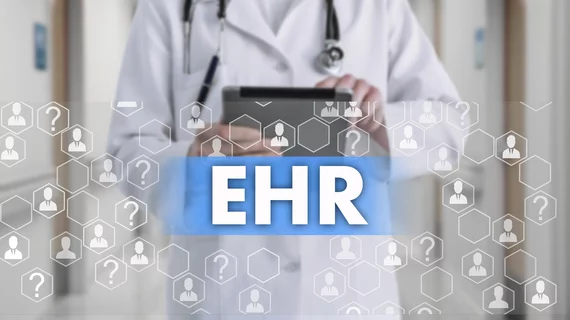Just 10% of patients with access check out their medical information
While more policies are pushing toward increasing patient access to electronic medical records, few patients are actually using the opportunity to check out their own information, according to a study published in Health Affairs.
Many new CMS initiatives and Trump administration executive orders are focused on improving transparency for patients to find higher quality care for a better price. CMS and the Office of the National Coordinator for Health Information Technology (ONC) is working to improve interoperability across the healthcare system and would require all healthcare providers to offer electronic records available to patients for free under a proposed rule. The proposal has seen pushback from the industry.
Some evidence has shown that when patients use their health information, they are more engaged and see improved satisfaction and convenience. But these policies hinge on the involvement of the patient actually accessing their health information.
Researchers from the Oregon Health and Science University-Portland State University School of Public Health and the University of California San Francisco used data from 2,410 hospitals over a period from 2014 to 2016 to examine access to EHR data and use among patients.
Hospitals gave 95% of discharged patients, on average, access to view, download and transmit their information. However, only about 10% with access to their information used it, researchers found. Underserved populations were less likely to have the ability to access their information electronically, though the study was limited to hospitals that attested to stage 22 of the Medicare meaningful-use program and hospitals in sparsely populated counties may be underrepresented.
“This suggests that there is significant room for improvement in engaging patients with their information electronically,” wrote first author Sunny C. Lin, assistant professor of public health at the Oregon Health and Science University–Portland State University School of Public Health, et al.
Underserved populations were less likely to have the ability to access their information electronically or via a patient portal, though the study was limited to hospitals that attested to stage 22 of the Medicare meaningful-use program and hospitals in sparsely populated counties may be underrepresented.
To actually increase patient use of electronic health information, other policy action may be required, the researchers noted.
“Policy makers seeking to improve patient-centered care should therefore consider efforts to reduce this persistent digital divide by targeting both hospital- and patient-facing determinants of electronic health information access and use,” Lin et al. wrote.

